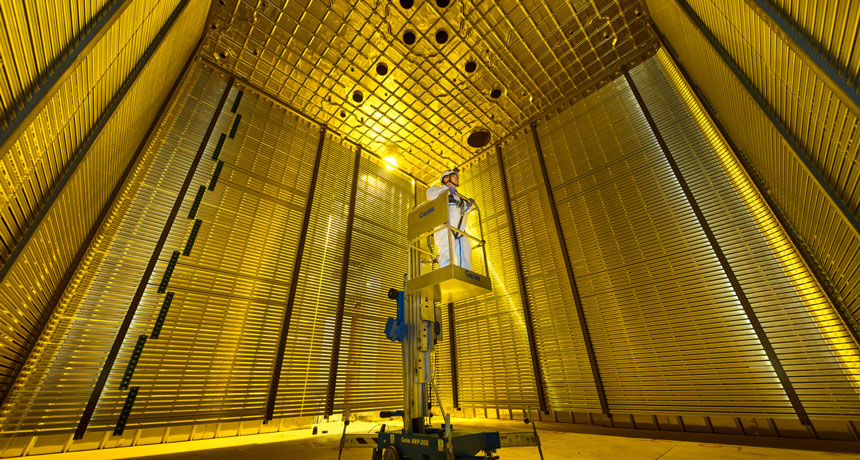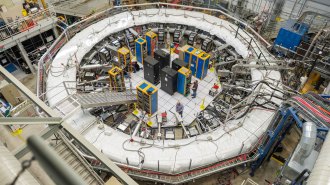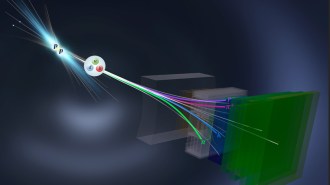Early tests pave the way for a giant neutrino detector
Using a house-sized prototype, physicists traced the path of charged particles

COMING SOON A prototype detector (shown), built to test technology for the DUNE neutrino experiment, has detected its first particle tracks.
CERN







